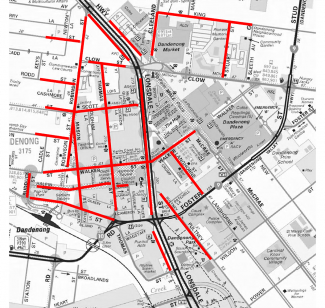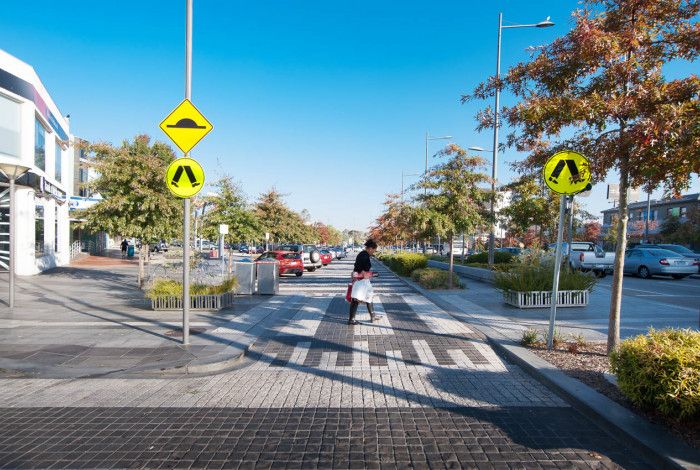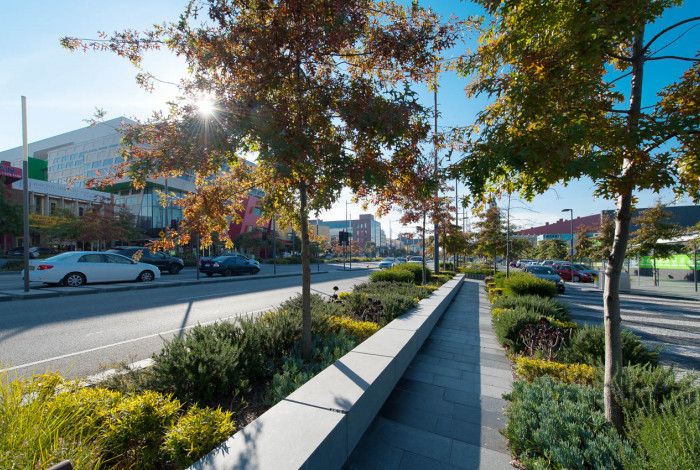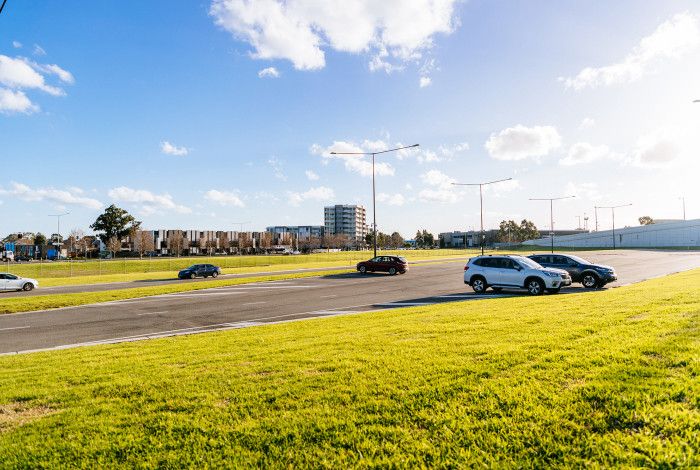Project Overview
On-street parking sensors have been installed within the Dandenong Activity Centre.
Sensors were installed in all on-street bays throughout the Dandenong Activity Centre including along Lonsdale Street service roads, Thomas Street, Clow Street, Foster Street, Walker Street and Robinson Street. For a full view of the locations, view the map below.
The sensors allow Council to capture occupancy data, which provides important information to ensure parking spaces suit the needs of customers and traders now and into the future. This project initiates an important step of preparing for city-wide ‘smart’ technology.
In future, the data captured by the sensors will enable Council to provide real time occupancy information via apps and digital signage, which will make it easier for customers to find available parking spaces in the area. It will also enable the development of apps for customers to manage their parking fees and time limits from their own phone.
Enforcement for parking restrictions has not changed, however customers should be aware the time a vehicle enters the car space is the time the sensor will begin.
Frequently Asked Questions
Why did Council install parking sensors?
Parking sensors collect data about how often a parking space is occupied and for how long. Overtime, the data collected will allow Council to better manage parking spaces to suit the needs of the adjacent businesses and customers.
Additionally, the sensors allow Council to eventually provide real-time parking information via apps and signage, to better direct motorists to areas where parking may be available.
Where were the parking sensors installed?
Parking sensors were installed in almost every on-street parking bay in the Dandenong Activity Centre.
Please see the map above for specific areas of works.
Council also has plans to install parking sensors in other locations in future, including Springvale Activity Centre.
Funding for more sensors will be considered in upcoming Council budgets.
How do the sensors work?
A small sensor is placed just beneath the road surface within the parking space and can detect when a vehicle is positioned above it. The sensor then transmits a signal to the control software where Council can view the status of all sensors in real-time.
Am I still required to buy a parking ticket?
Yes, you must continue to comply with any parking conditions applicable to the space in which you are parking. This includes adhering to any time restrictions and purchasing a ticket if necessary.
My parking space has a time restriction. When does the time start being measured by the sensor?
The sensor will commence timing as soon as the vehicle is detected within the space. However, Council provides a brief grace period before identifying the vehicle as overstaying. This grace period is intended to provide some time for the purchase of parking tickets.
Will the parking sensors result in more strict enforcement from Parking Officers?
No. Whilst the sensors will allow the parking enforcement officers to be more efficient by visiting areas where there may be a higher degree of overstays detected, the same grace periods will apply. As has always been the case, if you adhere to the conditions on the parking restriction signage, you shouldn’t have any issues.
I have a Disabled Parking Permits. Do the sensors have any Impact on my permit conditions?
No, the existing conditions regarding access to accessible parking spaces or any other conditions associated with your Disabled Parking Permits remain unchanged.
Are the sensors accurate/reliable?
Yes, the sensors are well tested and use proven technology which has been successfully implemented across many other Councils across Australia.




